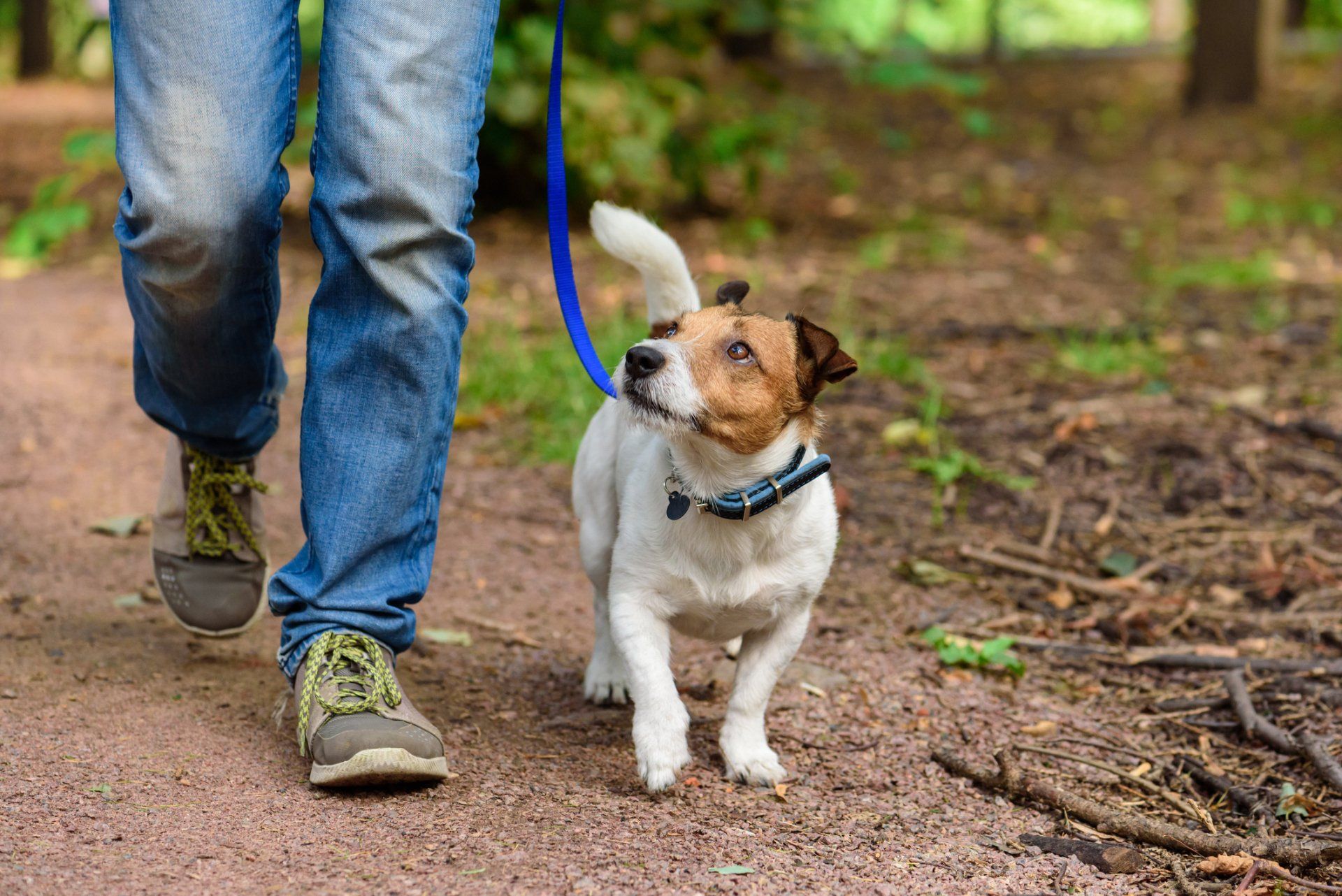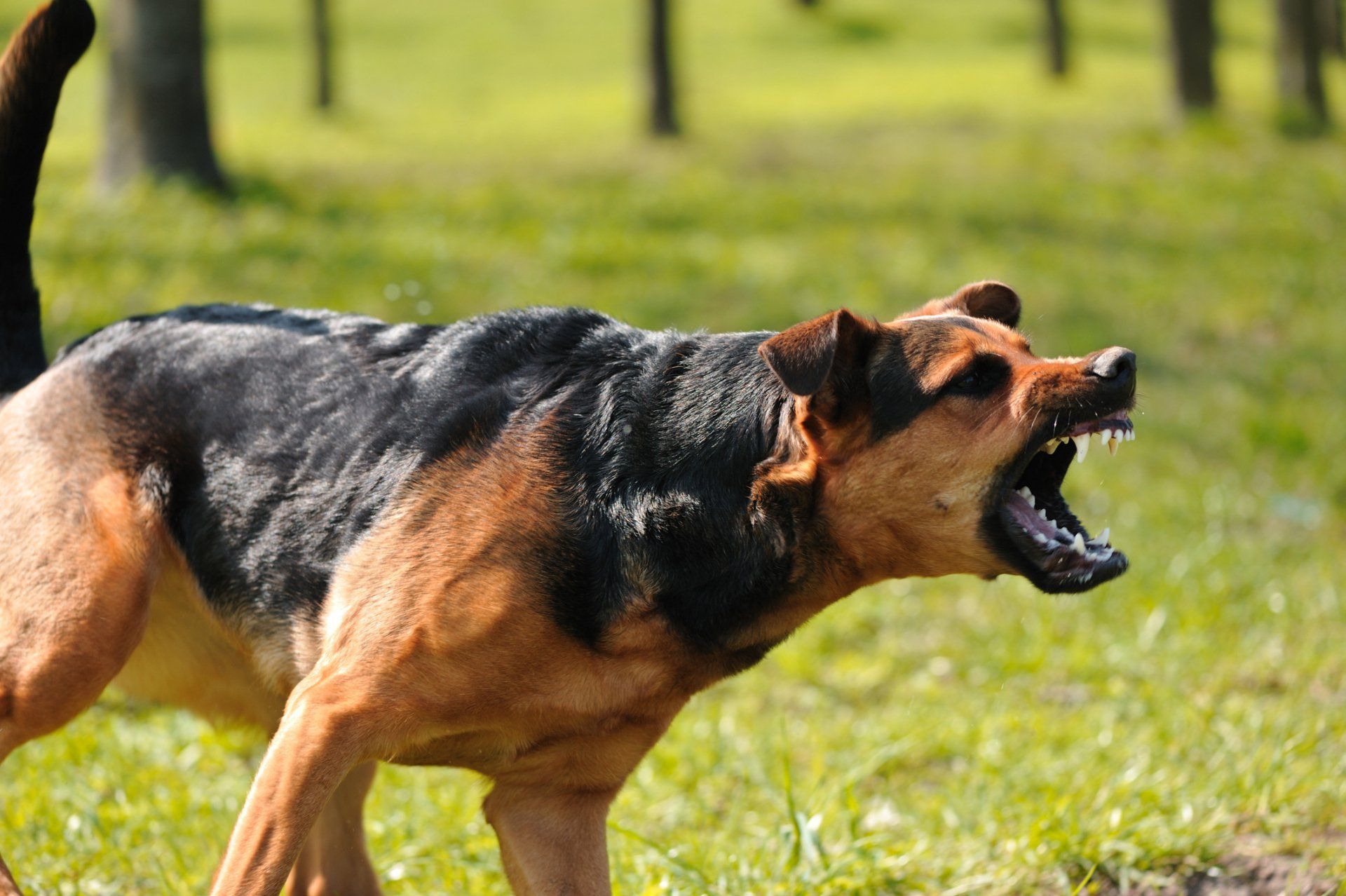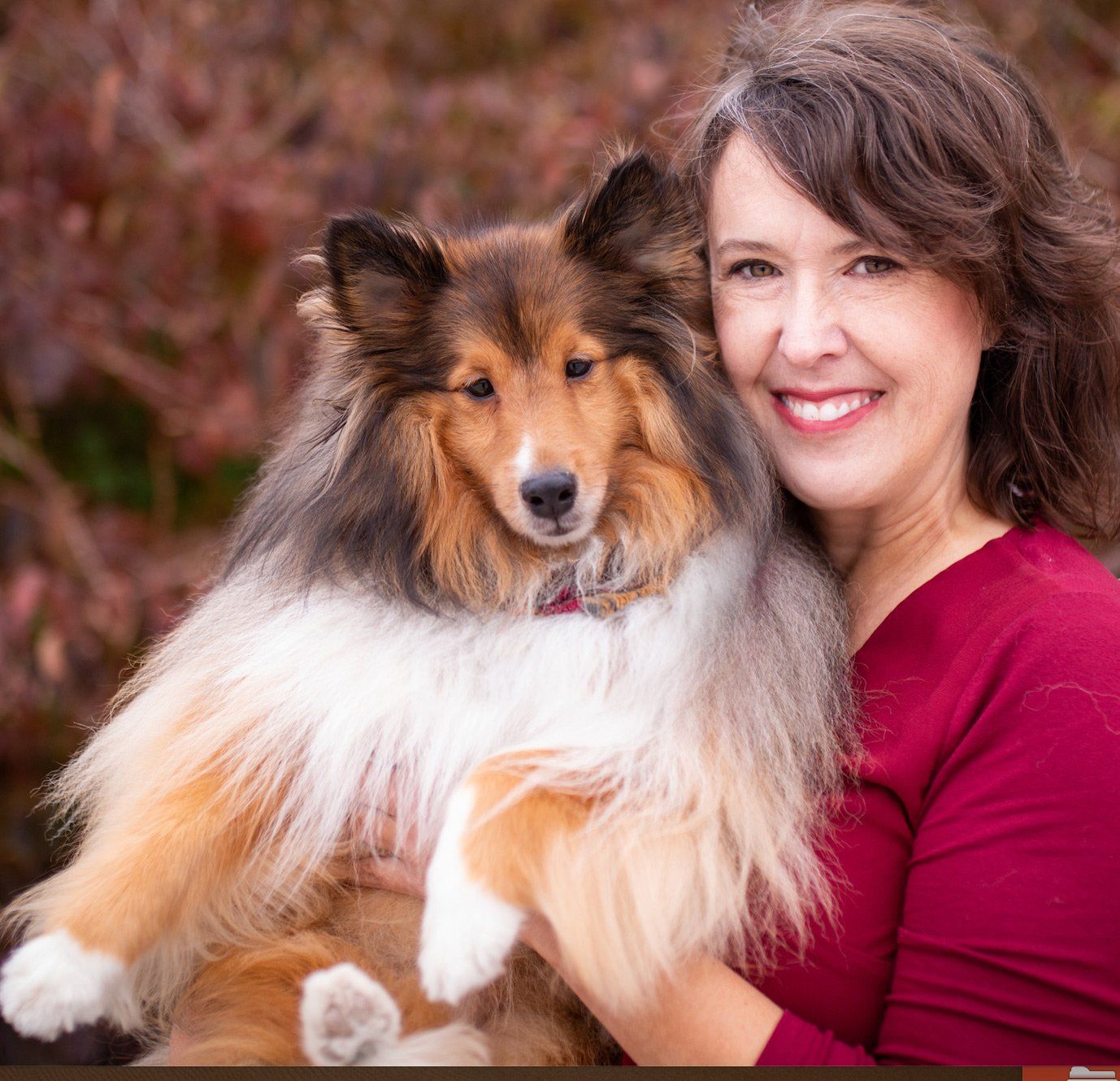Dog and Dog Aggression: The two sides to the story!
Bringing a new dog into your home where there is already an existing dog doesn’t always run smoothly. The fact of the matter is every dog has their own distinct personality that may not jive with each and every dog. There may be a difference in energy levels, play styles or socialization preferences. If it isn’t a good match, unwanted behaviors may occur including marking, guarding and aggression. Typically, the dog who is exhibiting these behaviors gets the blame. But look closely, in reality, there are two sides to every story.
When a dog is expressing discontent and aggression, it is a natural reaction to want to correct or even punish them for the behavior. However, that doesn’t really solve the problem. The key is to get to the root of things determining why the dog is anxious, fearful or territorial. You may be thinking that the “happy-go-lucky” dog couldn’t possibility be the problem but think again!
I have seen this issue twice in the last few weeks. The first situation occurred when my client began to dog sit for her cousin’s puppy. Renny, the existing dog in the household, began showing aggression towards the puppy and began marking around the house. It was obvious that he had an issue with the new dog but you will be surprised to know that it wasn’t Renny’s behavior that needed to be corrected. The new dog wasn’t respecting Renny’s space. Every time Renny went to get a pet from his mom, the new dog butted in. When Renny was given a treat, the new dog butted in. When Renny wanted to take a nap, the new dog tried to initiate play. What was happening was the new dog wasn’t practicing good social norms and giving Renny the space he needed. The result was Renny began to act out. The solution to the problem was actually to teach the “guest” dog to give Renny his space. Just because he was being happy and playful, doesn’t mean it is the appropriate behavior when he had been given all the signals that he needed to back-off.
The second case was a situation with a woman who adopted a terrier mix and was working to integrate the puppy into her household where her roommate had a larger pit bull. The five month old puppy (Gus) began to show aggression towards the pit bull (Leo) so his mother began correcting him and giving him time-outs. In this case, we determine that Gus was actually frightened by Leo’s over-zealous play style and didn’t like to wrestle. Again, Leo wasn’t getting the hints and was getting into Gus’ space even when Gus communicated he wasn’t interested in play. In addition, Gus’ mother had given Gus a safe space to go on the couch but also allowed Leo in that area at times causing Gus to be territorial. If he has been given a safe space, it needs to be off limits to the other dog.
In both these scenarios, the dogs who were actually NOT showing aggression were the problem. While aggression is not an acceptable behavior, it may be your dog’s last resort when he has communicated through body language and warning growls that their space isn’t being respected. The moral of these stories is to always step back and look at the big picture. There are always two sides to the story. By seeing both dog’s point of view, you are able to quickly resolve issues and have a peaceful coexistence.







